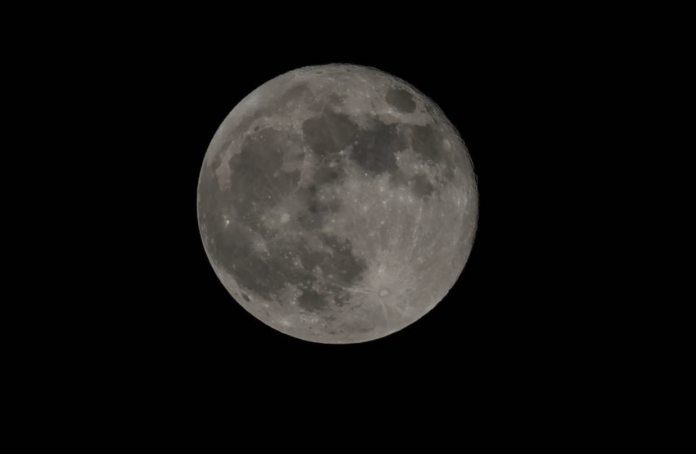WASHINGTON, Sept 20 – It won’t be there forever, but Earth will have a second moon when a small asteroid begins orbiting the planet later this month, space researchers have announced.
According to United Press International (UPI), the celestial visitor, dubbed 2024 PT5, is from the Arjuna asteroid belt, according to researchers at the Nasa-funded Asteroid Terrestrial-impact Last Alert System (Atlas), an asteroid monitoring system in South Africa.
The researchers say Earth’s gravity will pull the tiny moon toward our planet and act like the regular moon, orbiting the Earth in a horseshoe shape for just shy of two months, from Sept 29 to Nov 25.
Other so-called non-Earth objects have entered the planet’s orbit in the past, but typically have not completed full revolutions, meaning they do not act like a typical “moon.”
When they enter Earth’s orbit, like 2024 PT5, they are dubbed “mini-moons.” Scientists said this particular asteroid is scheduled to return in 2055.
While the event is getting a lot of attention, and is relatively rare, 2024 PT5 won’t be visible to the naked eye or even with a consumer-grade, backyard telescope, according to scientists.
It will take professional equipment to lay eyes on the tiny moon, which is just not quite close enough to see with the unaided human eye.
“You may say that if a true satellite is like a customer buying goods inside a store, objects like 2024 PT5 are window shoppers,” said Universidad Complutense de Madrid professor and lead researcher Carlos de la Fuente Marcos, who has tracked the Tony moon’s activity for several weeks.
2024 PT5 will reach a distance of about 2.8 million miles away from Earth and slow to a speed of about 2,200 mph, allowing it to be affected by Earth’s pull, even if only temporarily.
“Under these conditions, the geocentric energy of the object may grow negative, and the object may become a temporary moon of Earth,” Marcos explained.
“This particular object will undergo this process starting next week and for about two months. It will not follow a full orbit around Earth.”
















